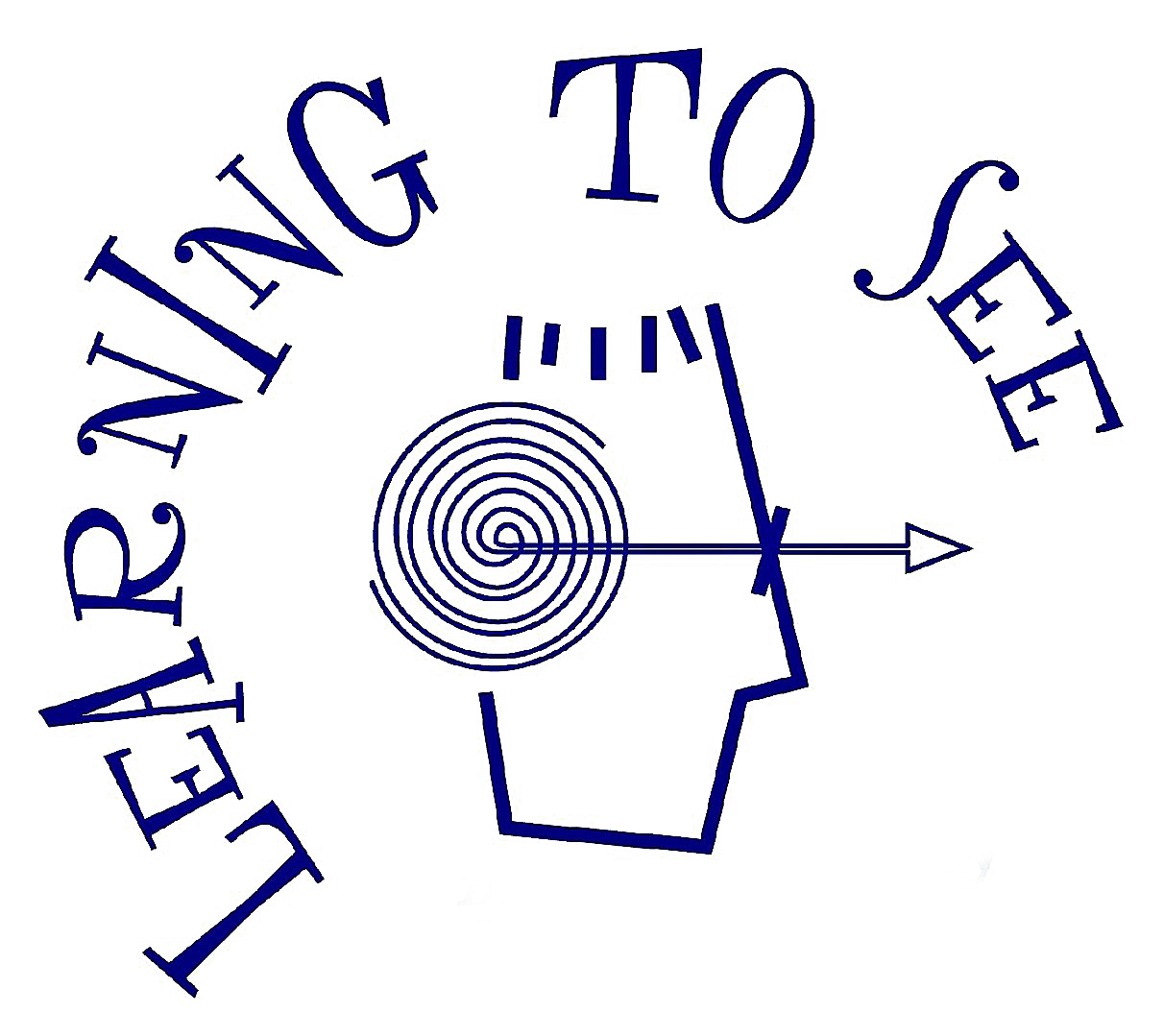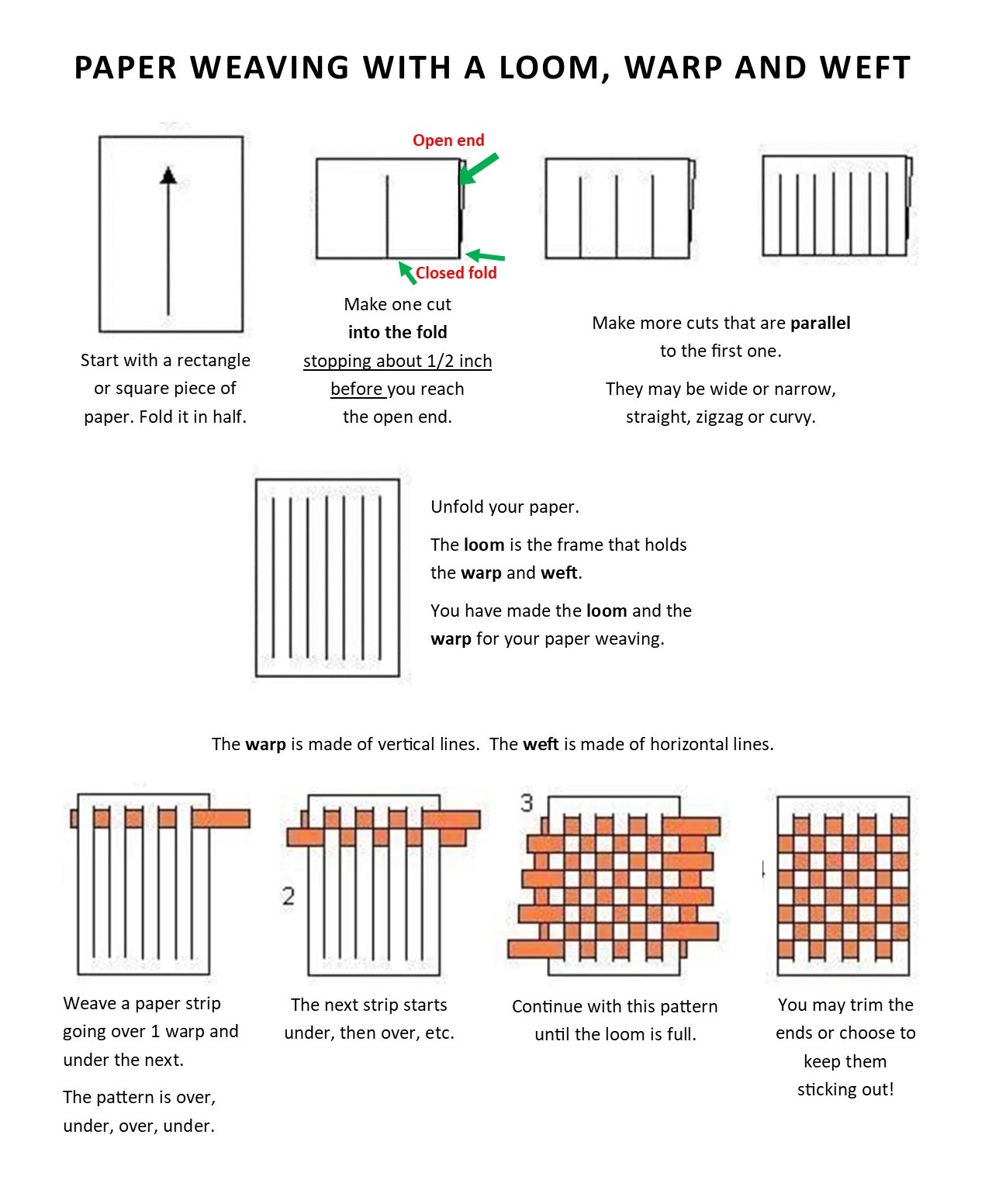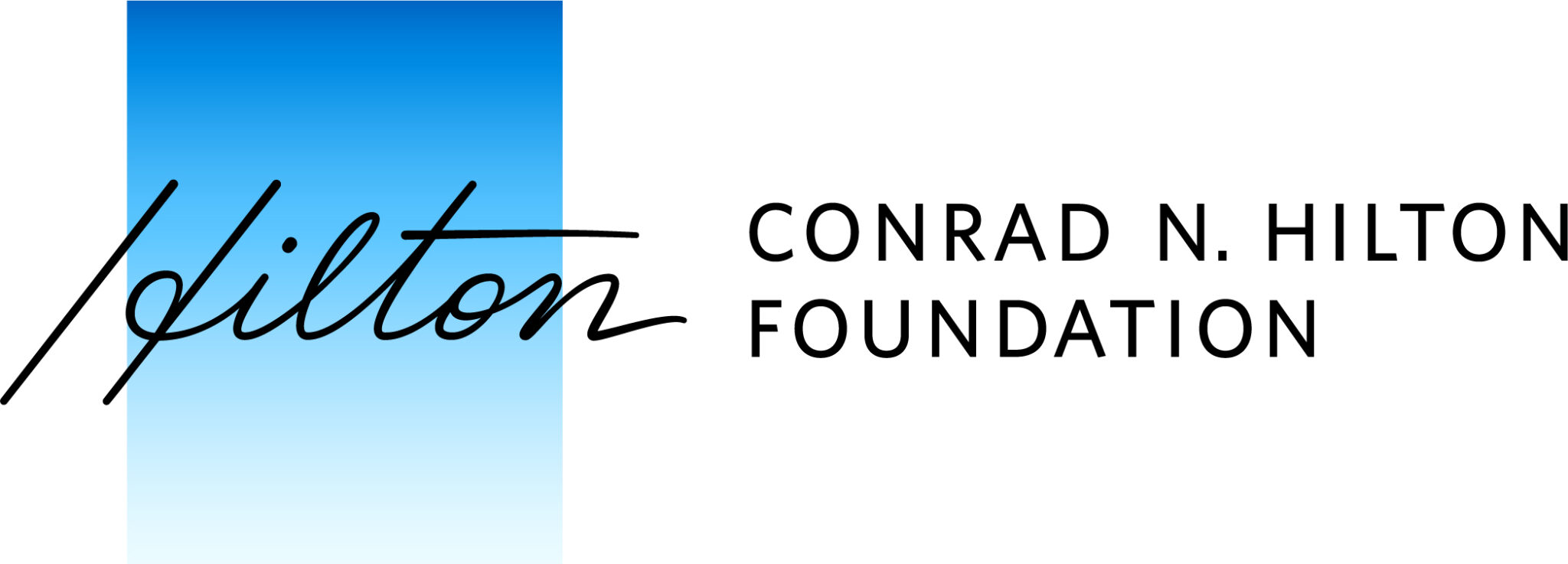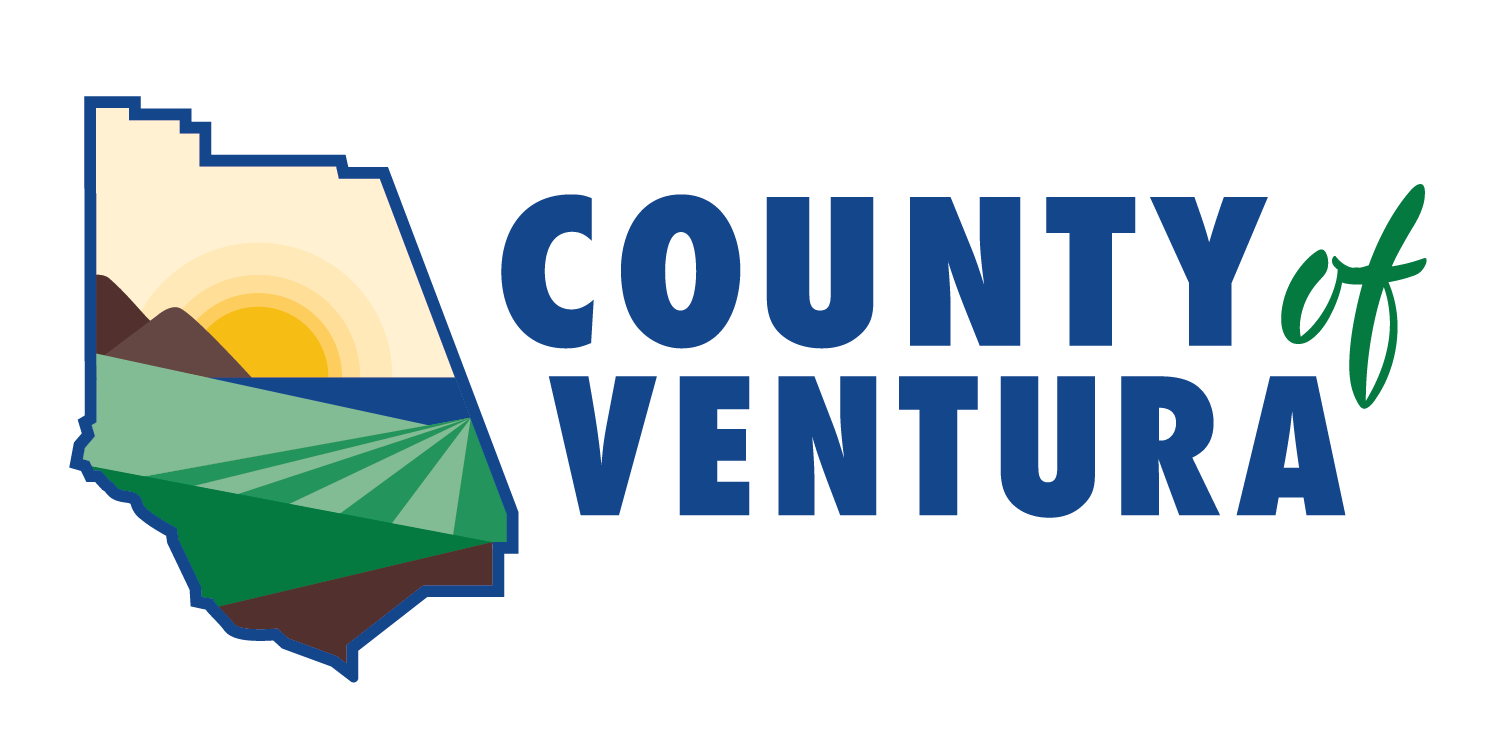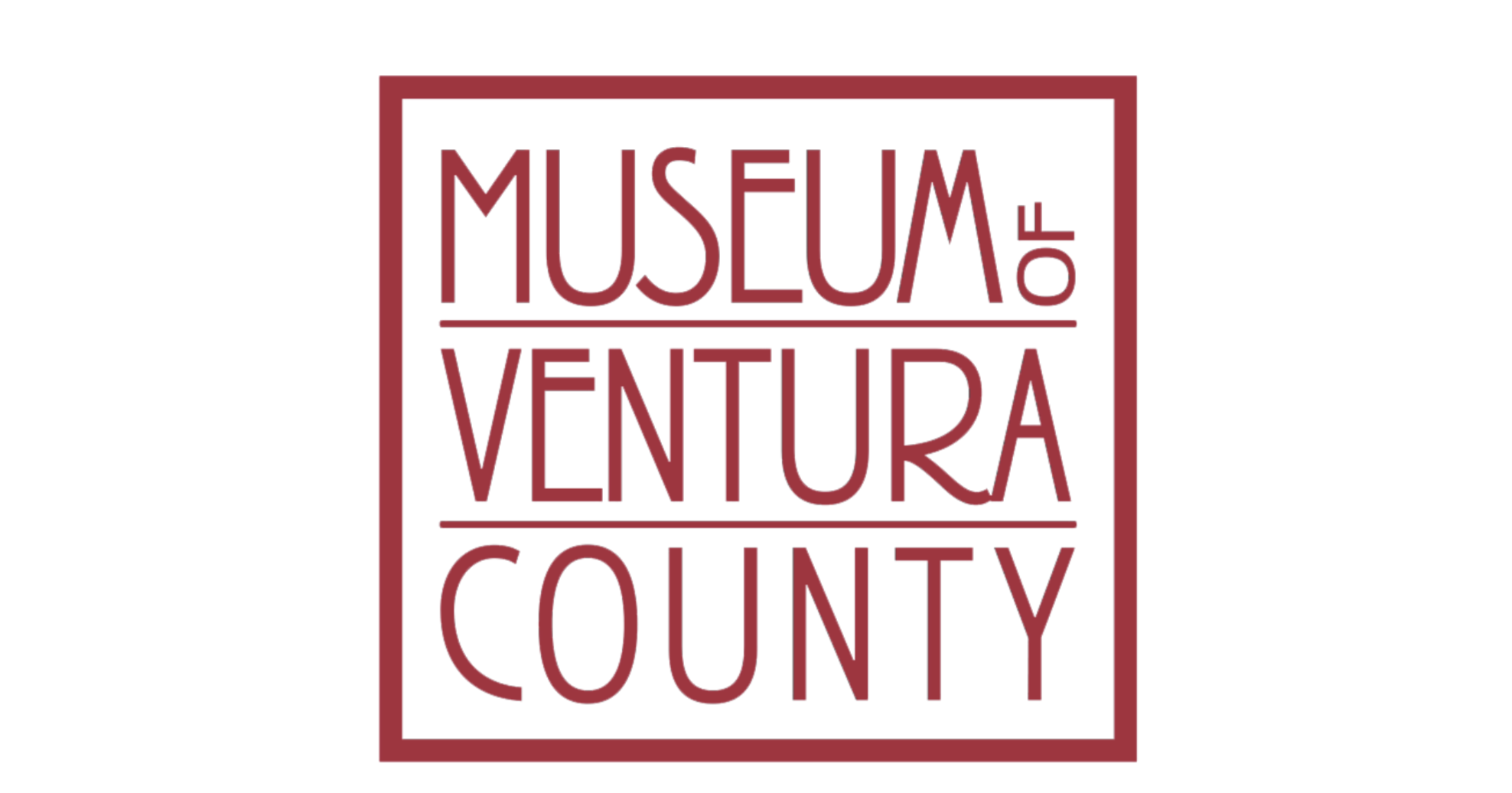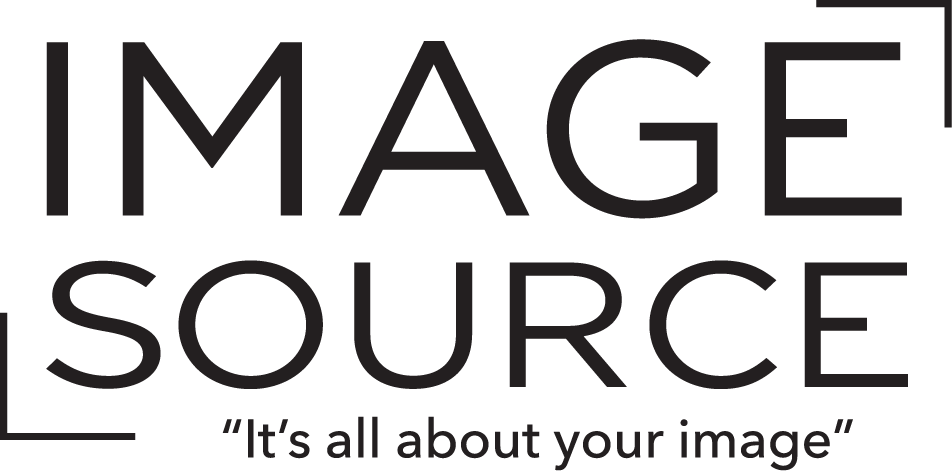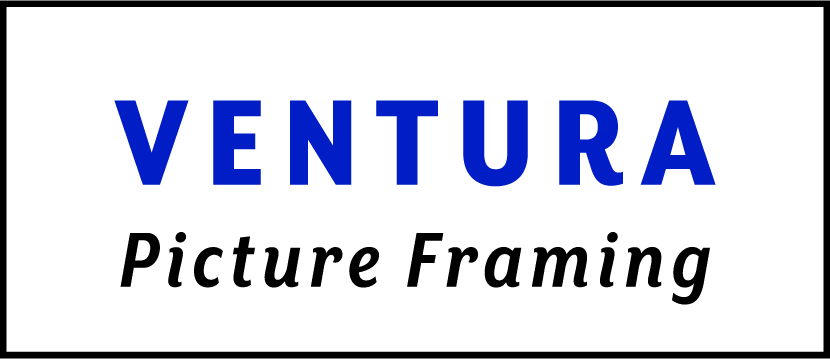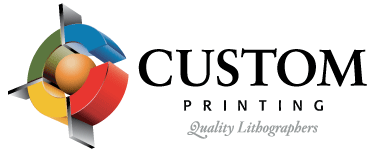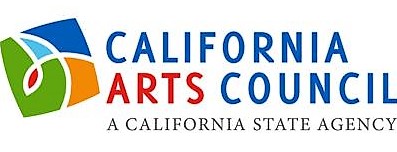Learning To See
Paper Weaving Collage
Inspired by FOTM Documented Artist Christine Morla
Watch this video to make art inspired by Christine Morla
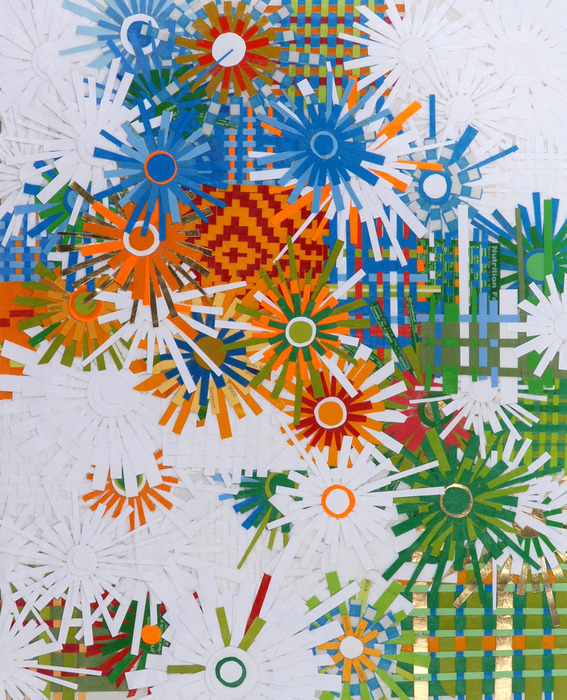
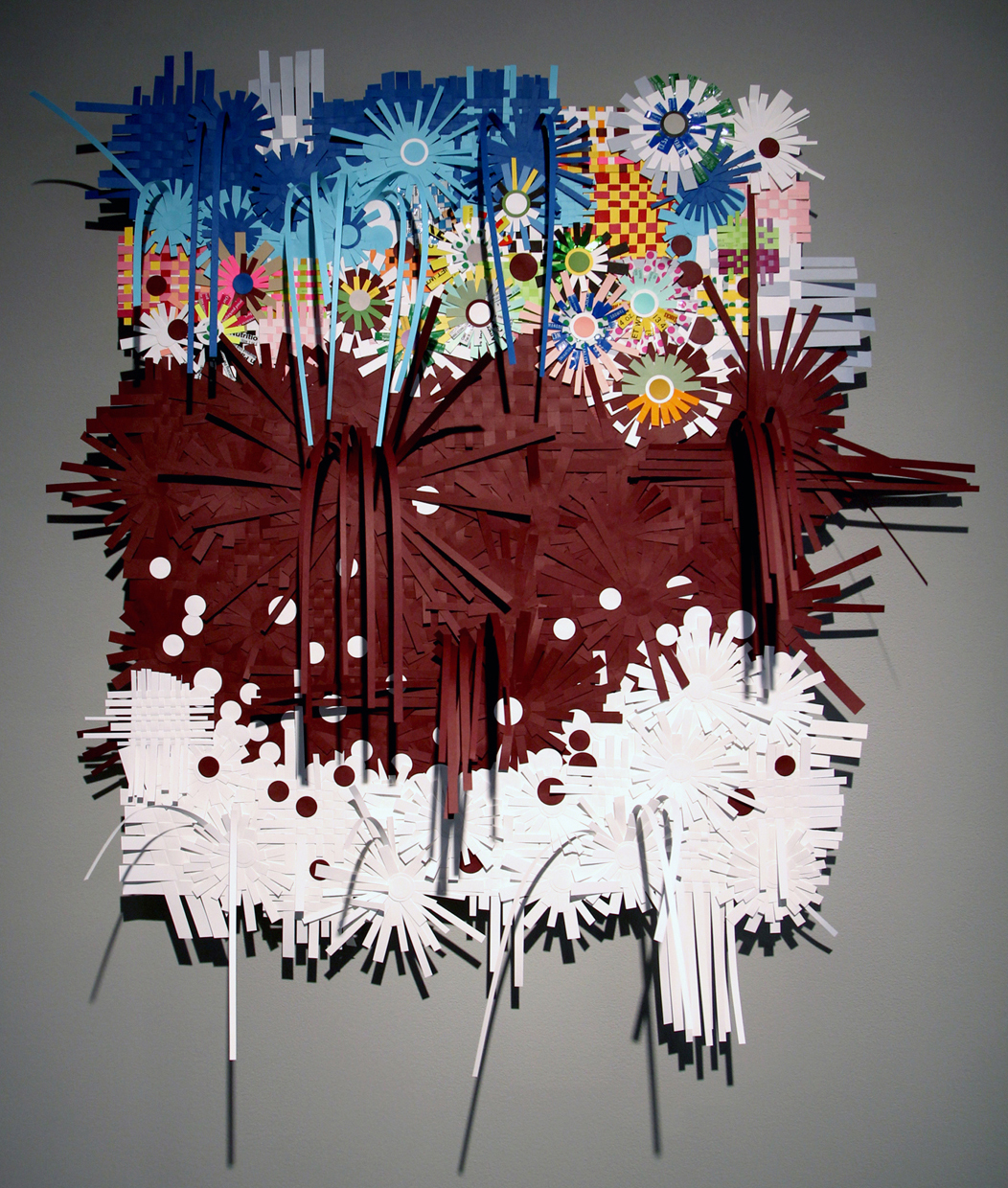
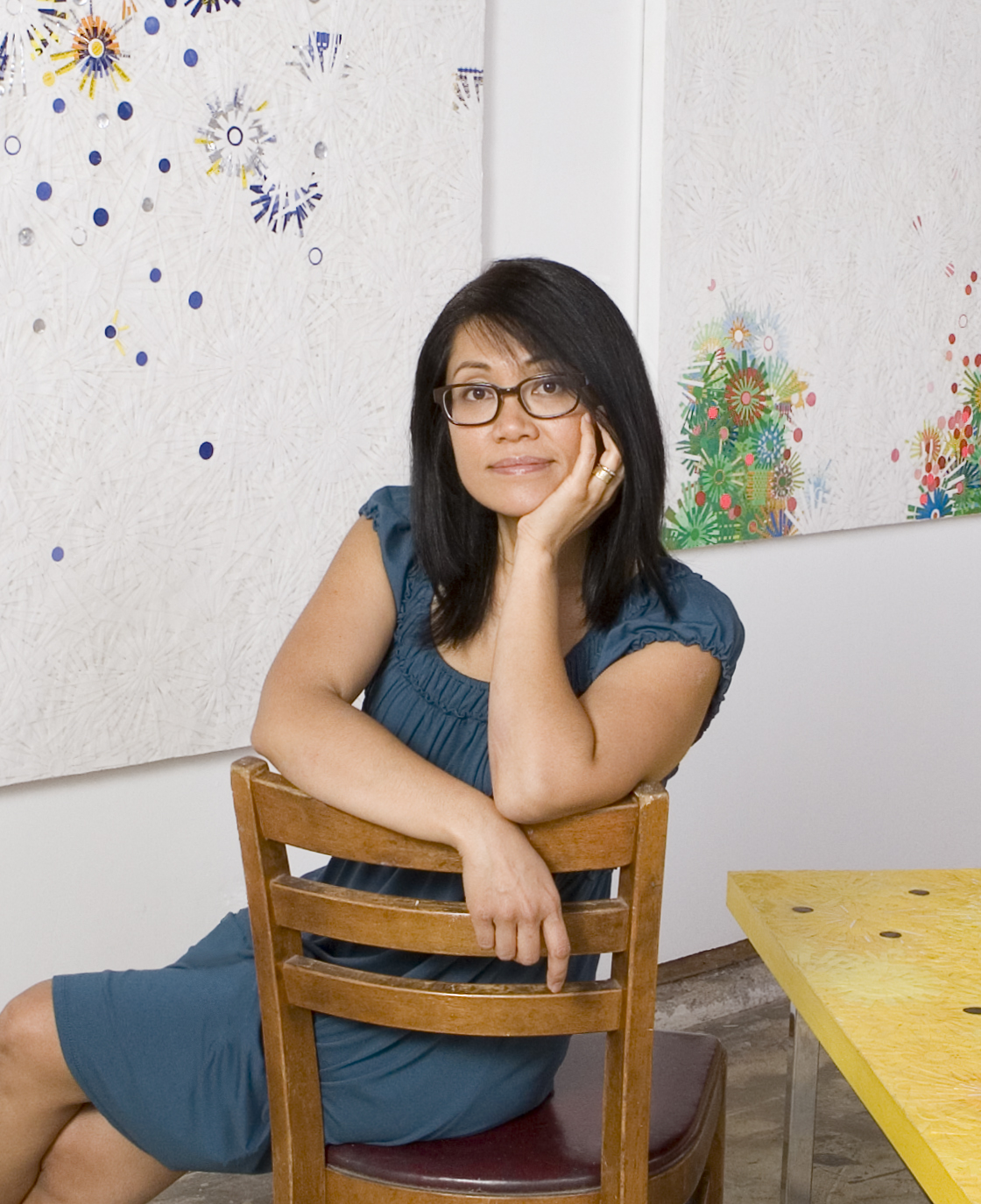
Christine Morla is a first-generation Filipino-American who grew up in Oxnard. She learned traditional Filipino weaving from her father when she was a child. Christine started using those techniques in her artwork as an adult. She is now head of the art department at Oxnard College.
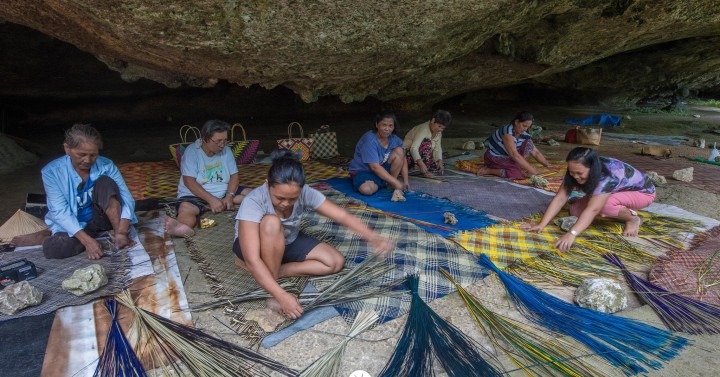
Right: People work together in community while weaving the Philippine banig – a handwoven style of mat used in East Asia and the Philippines for sleeping and sitting.
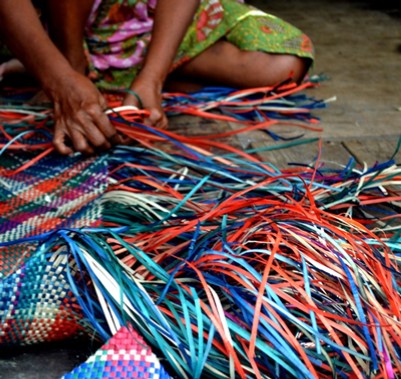
Sea grass leaves are dried and dyed to make the banigs.
Supplies
construction paper
decorative paper
recycled paper from snacks, magazines or mail
glue
scissors
Use the paper that looks like the ones in the image below from your supply packet and also any other paper you have.

How to weave with paper!
Click HERE.
Learn how to make the daisy shapes. Click HERE!
DIRECTIONS
1. Make 1 paper weaving and 1 daisy shape.
2. Place them on the big paper. Move them around to see how they look together in different ways. Try overlapping them and/or having parts hang off the edge of the big paper.
3. Make other weavings and daisy shapes.
4. Decide where you want to place everything and glue it down. This is your composition.
Artist tip: Experiment! Play with moving your weavings and daisies around the paper before you glue anything: close together, far apart, overlapping, hanging off the edge, curl or fold so they stick up.
Below: Weaving collages by Learning To See students. See more student work HERE!
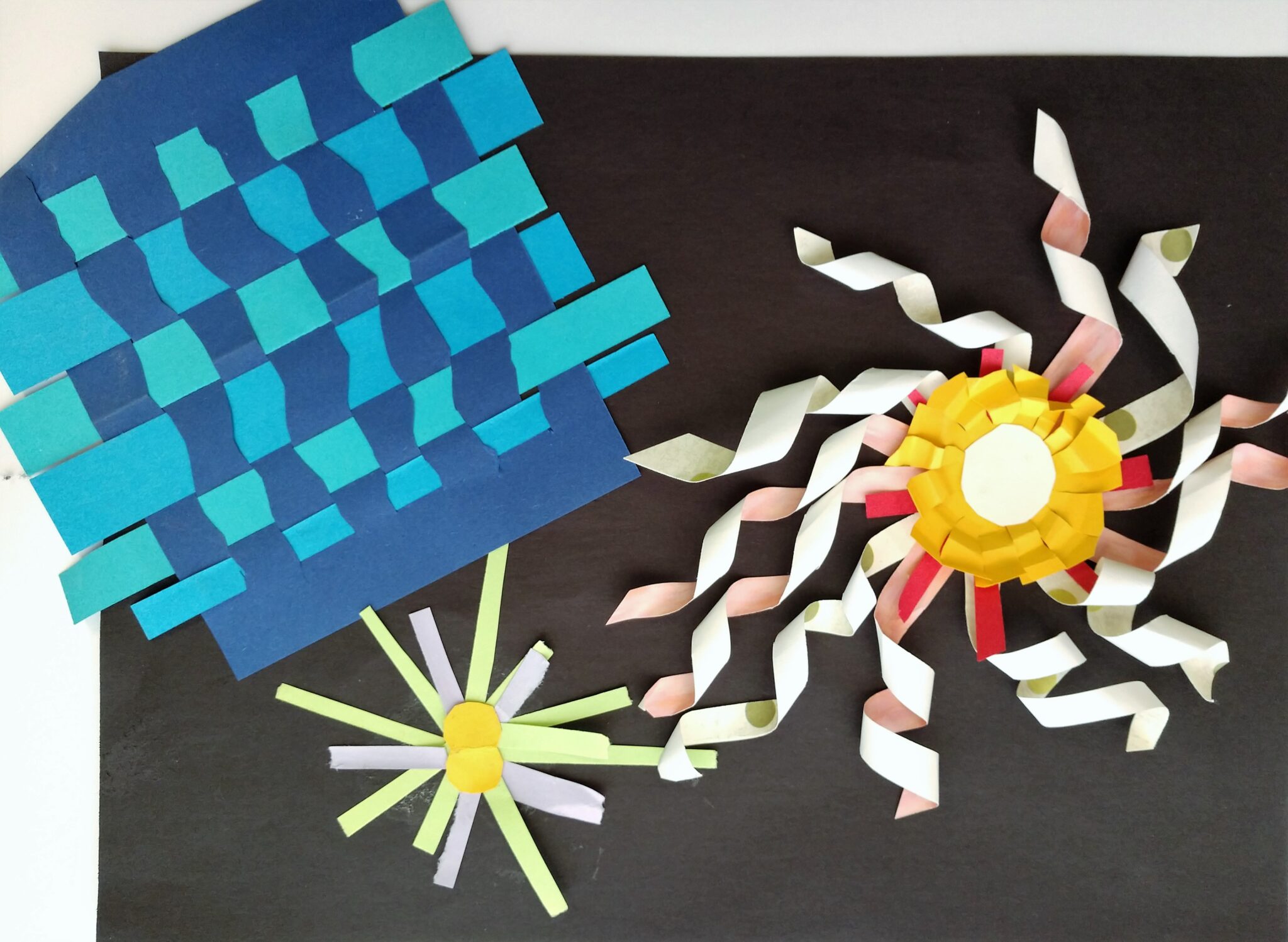

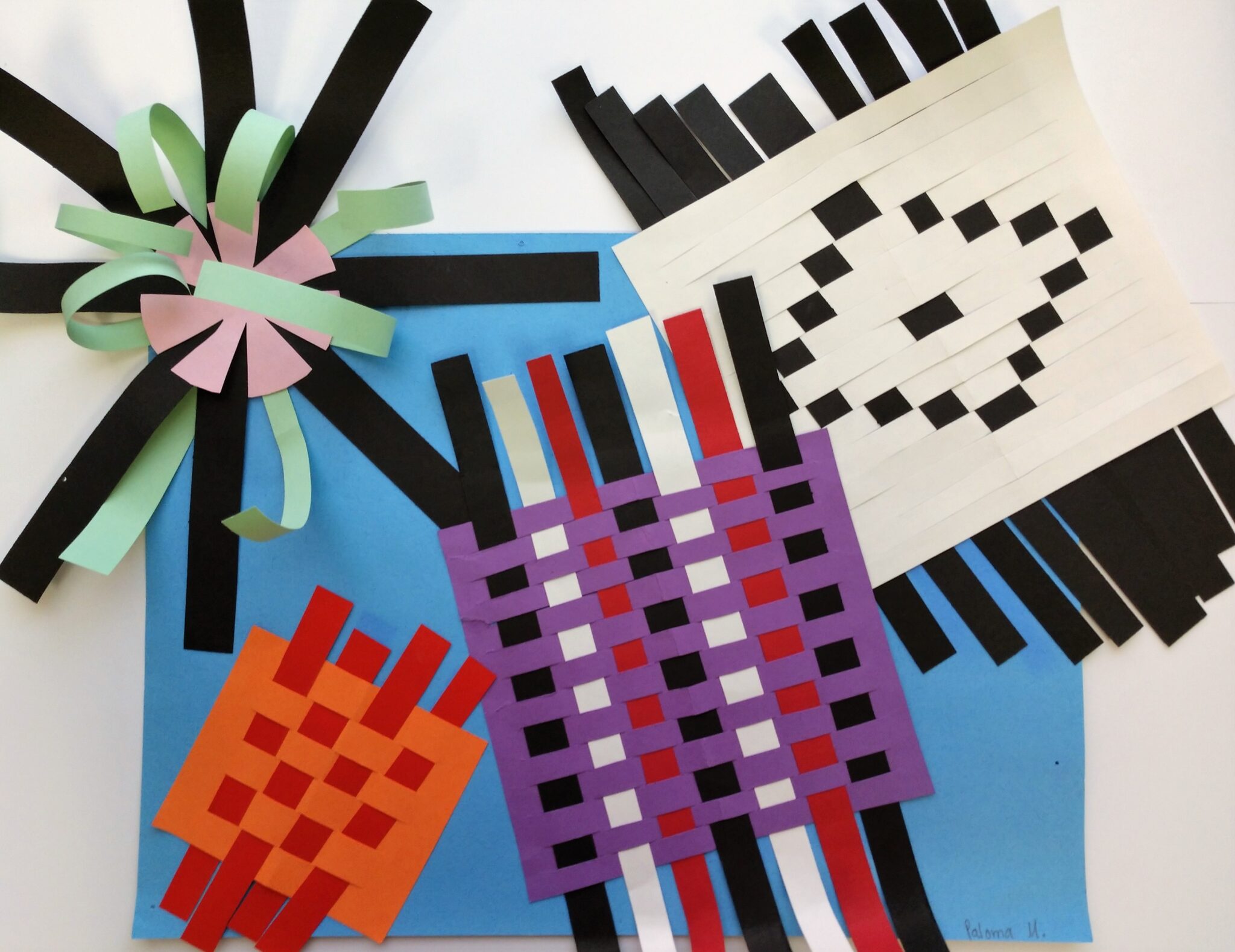
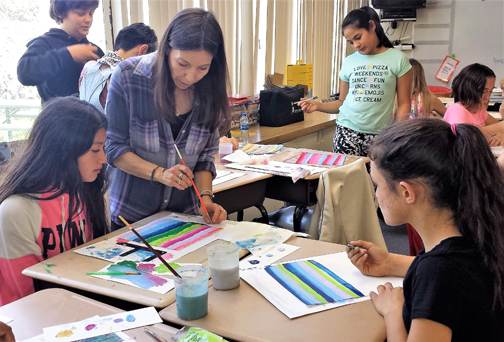

Funding
Learning To See has been adapted for comprehensive online learning! We utilize Zoom (& other video platforms) and have webpages to support each lesson. Art supply packets are provided for each student.
Our standard 8-week in-the-classroom residency is $550 (including instructor and supplies).
You can “Adopt A Classroom” for $550.00. Click HERE to Donate
Four week and single lessons are also available. Our lessons are cross-curricular and support the California content standards. Many of them can be tailored and grouped to work with a particular unit of study, i.e. zoology, social studies, history, language arts, sciences, etc. They are adaptable to a wide range of grade levels from elementary through secondary grades and beyond, including community groups and programs. Programs are supported in a variety of ways, including school and PTA funds, grants, or personal donations from an individual or group of parents/grandparents.
Our program is taught by professional artists who have extensive educational experience. We feel that this criterion helps to guide the student with a deeper understanding of the art making process.
For more information, or to arrange a residency in your neighborhood, call 805.653.2501 or email [email protected].
Thanks to Our Sponsors

